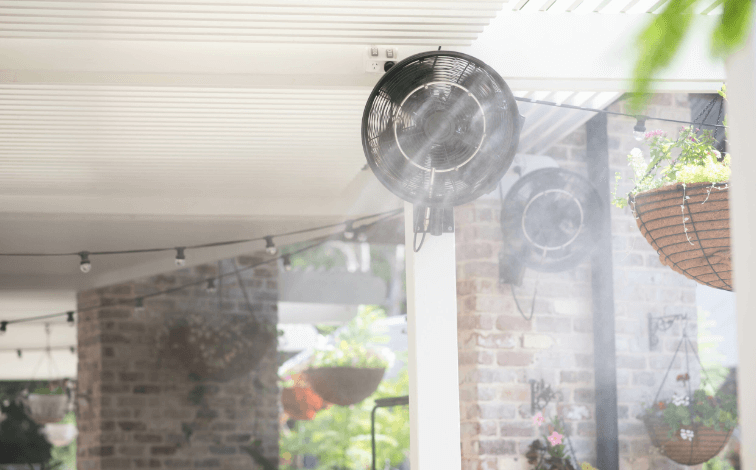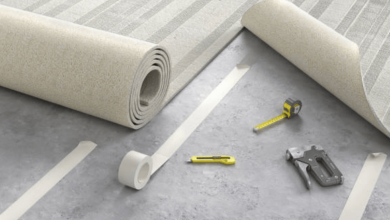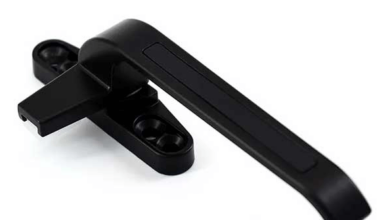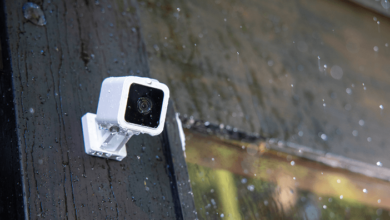Benefits and Considerations: Installing a Misting Ceiling Fan at Home

Misting ceiling fans have recently become a popular option for homeowners seeking to enhance the comfort of their living spaces, especially during hot weather. These devices combine the benefits of ceiling fans and misting systems, providing both air circulation and cooling moisture. However, like any home upgrade, they come with a set of advantages and considerations. This article explores both.
Benefits of Installing a Misting Ceiling Fan
- Enhanced Cooling: Combining the wind-chill effect produced by the fan’s blades and the cooling power of mist, these fans can reduce the perceived temperature in a room significantly.
- Energy Efficiency: Misting ceiling fans use less energy than traditional air conditioning systems. They can be an eco-friendly way to stay cool while also potentially reducing energy bills.
- Aesthetic Appeal: Modern misting fans are often designed with aesthetics in mind, and they can add a touch of sophistication to a room or outdoor space.
- Improved Air Quality: The mist can help reduce the presence of airborne dust and allergens, offering a fresher atmosphere in the home.
- Versatility: Many misting ceiling fans are suitable for both indoor and outdoor use, offering cooling solutions for patios, decks, and other outdoor living areas.
Considerations When Installing a Misting Ceiling Fan
- Water Supply: The fan needs a consistent water source for the misting function. This might require plumbing modifications, especially if you’re installing it in a location without easy access to water.
- Maintenance: Misting systems can be prone to mineral buildup or mold growth if not properly maintained. Regular cleaning and occasional system checks are necessary to keep them operating efficiently.
- Potential for Wet Surfaces: Although the mist is usually fine enough to evaporate quickly, in areas with high humidity or insufficient air movement, there can be moisture accumulation on floors and furniture. This could make surfaces slippery or damage moisture-sensitive items.
- Cost: While misting ceiling fans might save you on energy bills over time, the initial investment can be higher than that of traditional ceiling fans.
- Noise Levels: While many modern models are relatively quiet, some homeowners find the sound of the misting function slightly noisy, especially if the fan is on a high setting.
- Water Quality: If you have hard water, it might leave mineral residues on nearby surfaces or cause clogging in the misting nozzles. Using purified or softened water can help mitigate this issue.
Conclusion
Installing a misting ceiling fan at home can be a boon, especially during the sweltering days of summer. They offer a unique combination of effective cooling, aesthetic appeal, and energy efficiency. However, homeowners should also be aware of the associated considerations, such as maintenance requirements and the potential for wet surfaces. By weighing the benefits against the considerations, one can make an informed decision that best fits their household’s needs.





